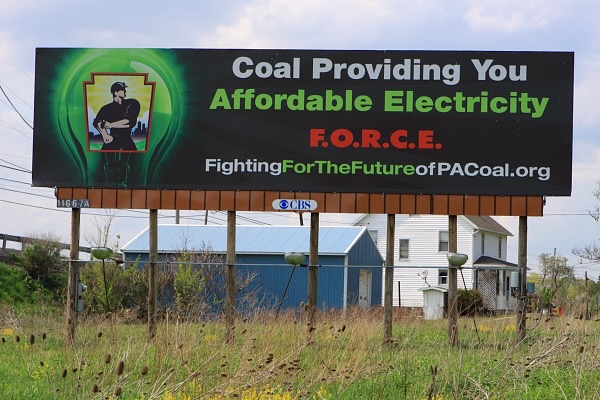How’s That “Green Amendment” Working Out In Pennsylvania?
(Caption: Figure 1. Part of a dense cluster of wells in Armstrong County and Indiana County. PASDA has another dataset of wells that has even more locations, 220,015 in total as of January 11, 2022.)
Testimony in support of the proposed NJ “Green Amendment” (SCR 43) yesterday highlighted the State of Pennsylvania, which was one of 3 States that have enacted a “Green Amendment” to the State’s Constitution. They did this back in 1971 and the legislative initiative was first introduced in 1969.
There was no mention of the fact that back in 1969, there was a strong and emergent environmental movement that deployed activist tactics and made strong demands, and from outside the system.
But before all that, Pennsylvania made fossil history:
Getting back to SCR 43, in a highly unusual move, the Legislative sponsor of that Constitutional amendment remotely testified to the Committee via Zoom (or some other electronic platform). The man was clearly elderly and not in command of the facts or the law – in fact, he falsely claimed that the Delaware River Basin Commission banned fracking in Pennsylvania portions of the Delaware watershed based on the Green Amendment.
Both my kids went to Carnegie Mellon in Pittsburg and my first love was from a mining town just north of Scranton (her dad was the US Attorney for the Eastern Pennsylvania District appointed by President Jimmy Carter), so there’s a special place in my heart for Pennsylvania, which I wrote about 13 years ago, see: (be sure to take a good look at the photos):
Here’s just some of the carbon data on Pennsylvania:
- the fourth largest coal producing state;
- the fifth largest coal burning state
- high reliance on coal – 78 coal-fired generating units , 20,475 megawatts (MW) of capacity – 41.5% of the total electric generating capacity
- with greenhouse gas emissions from natural gas as bad as coal,
- Pa. is the third leading producer of natural gas
For decades, NJ Governors and DEP Commissioners have railed against and filed lawsuits to stop the air pollution “transport” from Pennsylvania that caused NJ to violate Clean Air Act ozone and fine particulate standards.
All this devastation happened during the reign of the “Green Amendment”.
Do you still think it is an effective tool?
[End Note: For a comparison of strategies and tactics, you might want to look at the Sierra Club’s national “Beyond Coal” campaign and the results of the Pennsylvania Chapter.
[Update: here the assessment from anti-fracking activists in Damascus, Pennsylvania:
In 1971, the future of Pennsylvania’s environment looked bright.
From the vantage point of 2023, however, the Environmental Rights Amendment has been a disappointment. From its adoption in 1971 to 2013, the Pennsylvania Supreme Court shackled the provision by adopting a narrow balancing test that weighed the environmental harms caused by the challenged actions against their claimed benefits, and permitted the harms unless they “so clearly” outweighed the claimed benefits. With this test the Supreme Court failed to hold the Commonwealth responsible as trustee of the public natural resources, and failed accord the full weight and significance of the constitutional rights contained in the Environmental Rights Amendment.

